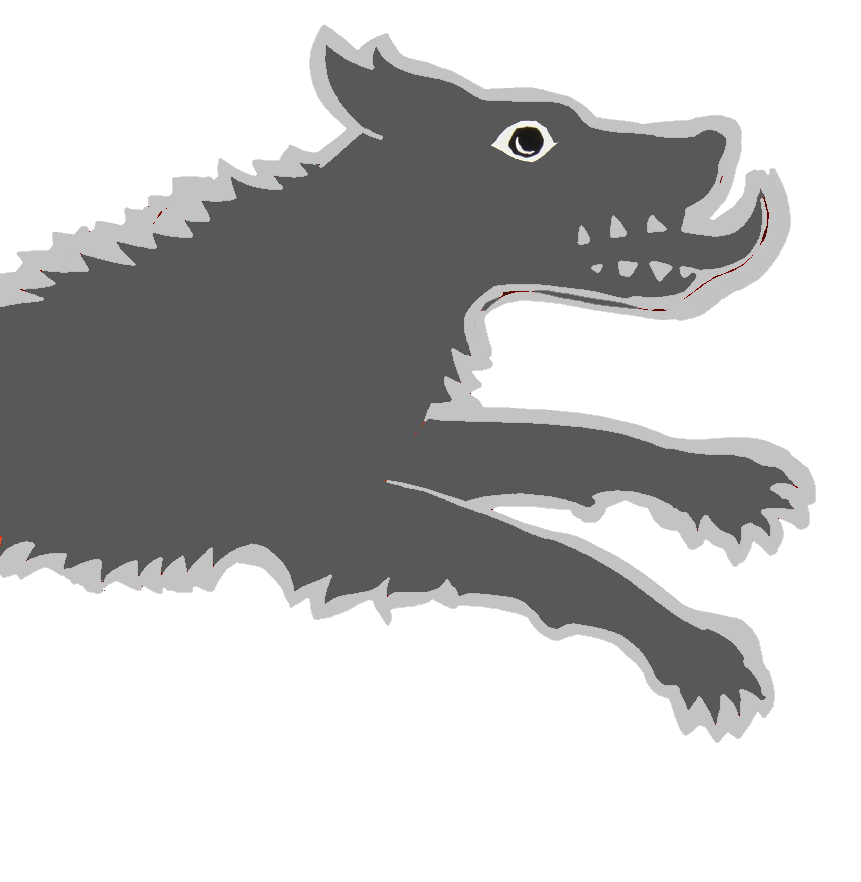Reintroducing wolves in the Scottish Highlands could lead to an expansion of native woodland which could take in and store one million tonnes of CO2 per year, environmental researchers have suggested.
A study led by researchers at the University of Leeds said reintroducing the species into the Cairngorms, south-west, north-west and central Highlands could help curb the problem of red deer eating tree saplings, which stops natural woodland regeneration.
The researchers estimate that if wolves were reintroduced, a population of around 167 of the animals would thrive, which they say is enough to reduce red deer populations to a level that would allow trees to regenerate naturally.


Yes. You don’t need many wolves to get going. And their territory is HUGE. Wolf packs have a smaller territory but wolves without a pack can have one that spans thousands of square kilometers. This means you can introduce 5 wolves over 500km and they’ll find eachother and mate to a population of 167 in 10 years.
It being sustainable will mostly depend on their access to prey and area they can occupy.
You’d end up with a very inbred population though. Even starting with 167, wouldn’t inbreeding be a risk? Animal biology is not my field, so I don’t know how many individuals you need to sustain a genetically diverse population
Animal inbred risks are lower than humans. If you start with 5 and add a few wolves each 5-10 years, it should keep the genetics safe. Starting with 167 different ones would have a near zero percent risk of genetic problems.